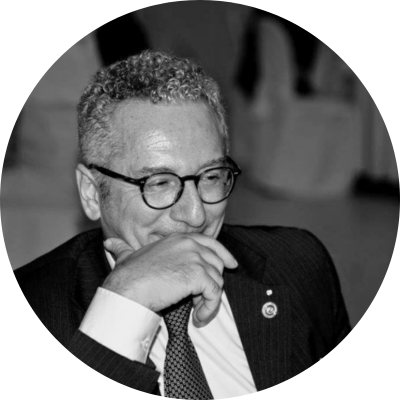
In one of my last assignments in Chad, I was carrying out a conflict analysis for a development agency working in the country. I was doing field research in a region that was experiencing a break-out of cholera. As I was there at the peak of the epidemic, a few international NGOs started to appear in the region, and since the context called for urgent action, they launched their programmes without concerning themselves too much with what they were doing, where they were doing it, or with whom.
A few days later, I was speaking with an aid worker in charge of an emergency programme, who was baffled by something he had been told. The worker had found out the same day that a handful of patients refused to reach their cholera treatment centre; they preferred to stay at home instead, and their choice resulted in them contaminating their family and neighbours. That day, the health aid worker came to know what local people and organisations working in that region already knew very well: that part of the canton (the regional district in the Chadian administrative division) no longer recognised the authority of the chef de canton (the state-appointed chief). These people were called opposants (opponents). When the cholera epidemic broke out, aid agencies installed treatment centres close to hospitals. As it turned out, in that particular canton the hospital was in an area populated by people who were loyal to the chef de canton. Since the tension between opposants and those who were loyal to the chef de canton was high, opposants who were affected by cholera did not dare being treated in an area that was hostile to them. As a result, the aid agency could not reach those patients, resulting in more people being infected.
This example helps us illustrate how the lack of knowledge of the conflict and the context where any given aid agency intervenes can bring harm. Responding to this, in the mid-1990’s aid agencies and donors started a period of reflection on how humanitarian aid could avoid involuntary harm when intervening. Researchers and practitioners looked at whether viable alternative approaches to humanitarian aid in complex emergencies existed and could be put in practice, or whether these negative effects were simply unavoidable side consequences of international assistance. These efforts culminated in the publication of the landmark book “Do No Harm: How Aid Can support Peace or War” by Mary B. Anderson, in 1999. Since then, international NGOs have been implementing the Do No Harm approach and keep track of international assistance’s impact in conflict zones. At the same time, governments, donors and multilateral organisations undertook efforts to mainstream conflict analysis in their aid programmes as a basis for conflict-sensitive practice in humanitarian assistance. A Do No Harm approach has three simple assumptions: i) aid is not neutral; ii) aid is a transfer of resources, thus an object of competition; and iii) depending on how aid is delivered, it can contribute to mitigate the drivers of conflict, or to fuel it.
Nearly 20 years after the publication of Mary B. Anderson’s book, there is still a need for conflict-sensitive and Do No Harm approaches to be mainstreamed. Relevant methodologies and trainings are now available to most agencies, but two main obstacles remain to an effective mainstreaming of conflict sensitivity. First, NGOs are persuaded that being involved in conflict analysis in any given context is a de facto breach of their utmost principle: neutrality. In other words, the mere fact of being concerned with who is fighting and why in the area of intervention affects the perception of an agency being neutral. The second obstacle is the assumption that since the classic domains of intervention of most NGOs do not involve social cohesion or peace, conflict analysis and conflict sensitivity are irrelevant.
As the example at the beginning of the article confirms, however, conflict can have very negative consequences on an agency’s humanitarian activities, and even affect the perception that the people it is supposed to help can have of its neutral role. In this regard, evidence gathered through the last two decades clearly shows that being aware of the two-way interaction between the context and the intervention in no case affects neutrality, but is a first very important step to avoid doing harm. Likewise, any intervention—be it in food security, shelter, or agriculture—can and should be conflict sensitive.
A conflict-sensitive intervention does not need to aim to promote peace in itself, but all the evidence we have to date indicates that such an approach would improve the efficiency and the effectiveness of humanitarian aid.































